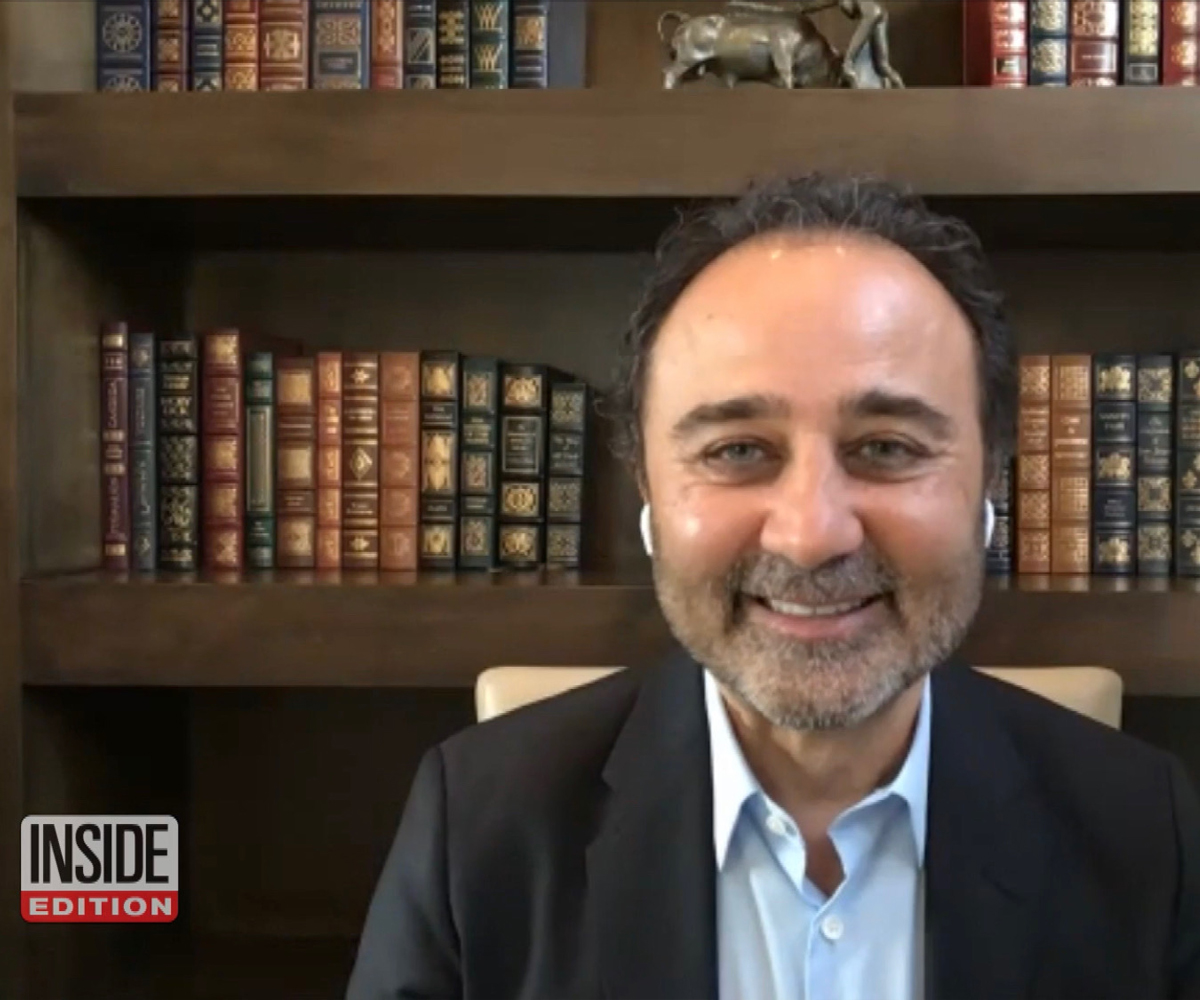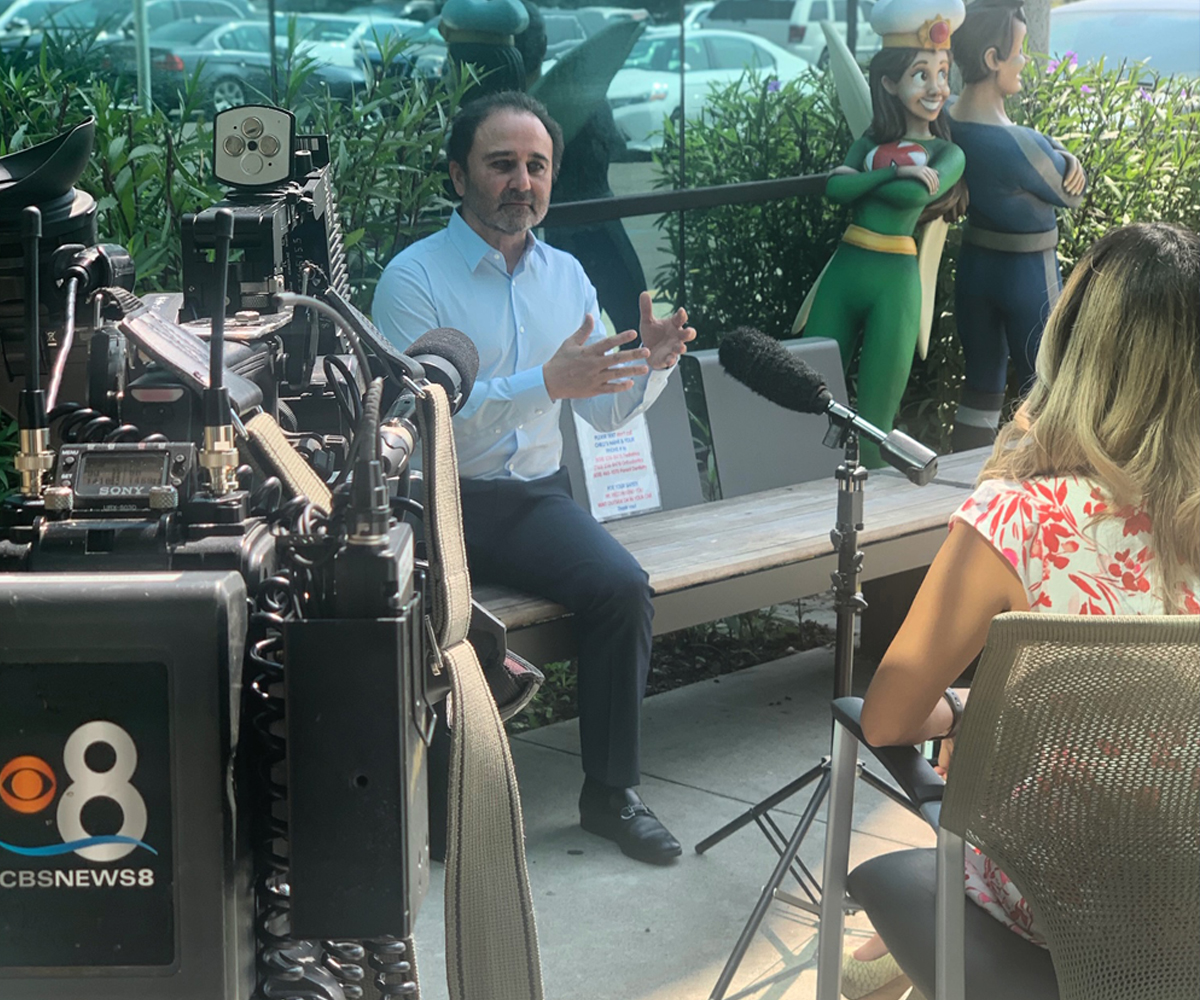
Here’s Why It’s Important to Brush Your Teeth Twice a Day
Blog Summary: Is brushing your teeth twice a day really necessary—or is it just outdated advice? In this post, I break down the science behind the so-called “brushing teeth twice a day myth” and I explain why dental experts overwhelmingly recommend brushing in the morning and at night. You’ll learn: How Often You Should Brush: […]

































